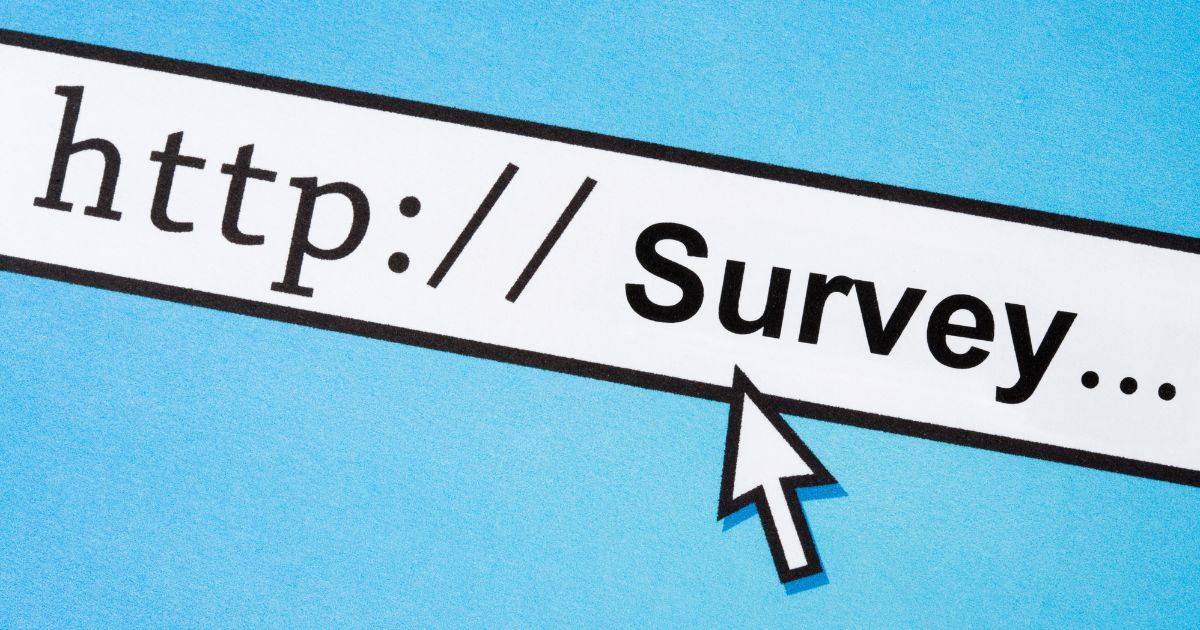Read time: 6 mins
Amidst the bustling market research department of a thriving tech startup, a young researcher, Emma, found herself grappling with the challenge of gathering reliable consumer insights swiftly. Traditional methods were proving time-consuming and costly. Her mentor introduced her to online panels, a solution that promised speed, accuracy, and cost-efficiency. Intrigued, Emma embarked on a journey to understand how online panels could revolutionize her research process.
Advantages of Using Online Panels for Market Research
Online panels offer a myriad of benefits for market researchers. One of the most significant advantages is the speed at which data can be collected. Unlike traditional methods, online panels can gather large volumes of data in a fraction of the time. This speed does not come at the cost of quality; in fact, online panels often provide higher accuracy due to the targeted nature of panel recruitment. Additionally, the cost-effectiveness of online panels makes them an attractive option for startups and small businesses with limited research budgets. According to a study by ESOMAR, online panels can reduce research costs by up to 50% compared to traditional methods.
Online Panel Recruitment and Management
Recruiting and managing online panels requires a strategic approach. Effective recruitment starts with defining the target audience and using various channels, such as social media, email campaigns, and partnerships with panel providers, to attract participants. Once recruited, panel members must be engaged regularly to maintain their interest and ensure data quality. This can be achieved through incentives, regular communication, and involving them in interesting surveys. The Logit Group excels in this area, offering researchers robust support in understanding and managing online panels to maximise engagement and data quality.
Types of Online Panels: B2C and B2B
Online panels can be broadly categorised into Business-to-Consumer (B2C) and Business-to-Business (B2B) panels. B2C panels consist of individual consumers who provide insights into their purchasing behaviour, preferences, and opinions. These panels are crucial for understanding market trends and consumer needs. On the other hand, B2B panels comprise professionals and business decision-makers who offer valuable insights into industry trends, business challenges, and market opportunities. Both types of panels are essential for comprehensive market research, each providing unique perspectives that help businesses make informed decisions.
Best Practices for Conducting Market Research with Online Panels
To conduct effective market research with online panels, researchers should adhere to several best practices. Firstly, it is essential to clearly define research objectives and target demographics. Using a well-structured survey design with concise and relevant questions ensures high-quality data. Pre-testing surveys can help identify potential issues before full deployment. Moreover, maintaining transparency with panel participants about the purpose of the research and how their data will be used builds trust and encourages participation. Regularly updating and cleaning the panel database is also crucial to ensure the reliability of the data collected.
Online Panel Data Collection Methods
There are various methods for collecting data from online panels, each suitable for different research needs. Surveys remain the most common method, offering flexibility in design and scalability. Other methods include online focus groups, which provide qualitative insights through interactive discussions, and mobile diaries, which capture real-time data on consumer behaviour. Additionally, passive data collection, such as tracking online activity or purchase behaviour, offers valuable behavioural insights. Combining these methods can provide a holistic view of the research topic, enriching the overall data set.
Analyzing and Interpreting Online Panel Data
The analysis and interpretation of online panel data involve several steps. Initially, data cleaning is performed to remove incomplete or inconsistent responses. Statistical analysis tools are then used to identify trends, correlations, and patterns within the data. Advanced techniques, such as regression analysis or conjoint analysis, can provide deeper insights into consumer preferences and behaviour. Visualization tools, such as charts and graphs, help in presenting the findings in an easily understandable format. Interpreting the results in the context of the research objectives allows researchers to draw meaningful conclusions and make informed recommendations.
Challenges and Limitations of Using Online Panels
While online panels offer numerous advantages, they also present certain challenges and limitations. One of the primary concerns is the potential for selection bias, as panel members may not be representative of the broader population. Ensuring diverse and representative panel recruitment can mitigate this issue. Another challenge is maintaining participant engagement over time, as attrition can affect the quality and consistency of the data. Additionally, privacy concerns and data security must be addressed to build trust with panel members and comply with regulations. Despite these challenges, with careful planning and management, the benefits of online panels can be maximised.
Future Trends in Online Panel Market Research
The future of online panel market research is poised for exciting developments. Advances in technology, such as artificial intelligence and machine learning, are expected to enhance data collection and analysis processes, providing deeper insights and predictive capabilities. The increasing use of mobile technology and social media will further expand the reach and diversity of online panels. Moreover, integrating online panels with other data sources, such as transactional data and social media analytics, will offer a more comprehensive understanding of consumer behaviour. The Logit Group is at the forefront of these trends, helping researchers leverage the latest technologies to stay ahead in the competitive market research landscape.
Conclusion: The Future of Market Research with Online Panels
The adoption of online panels in market research continues to grow, driven by their ability to provide quick, accurate, and cost-effective insights. As technology advances and researchers refine their methodologies, the potential for online panels will only increase. How will your organisation leverage these trends to stay competitive in the evolving market research landscape?
FAQs
Ensuring diversity and representativeness involves strategic recruitment and ongoing management. Use multiple channels to recruit participants, such as social media, email campaigns, and partnerships with panel providers. Regularly review and update your panel to include a broad range of demographics and psychographics. Pre-screening questionnaires can help ensure that panel members fit the desired profile for your research.
Ethical considerations include obtaining informed consent from panel members, ensuring data privacy and security, and being transparent about how their data will be used. Researchers should also avoid overburdening panel members with frequent surveys and ensure that incentives are fair and appropriate. Adhering to industry standards and guidelines, such as those provided by ESOMAR and CASRO, can help maintain ethical practices.
Selecting the right online panel provider involves evaluating their recruitment methods, panel management practices, and data quality measures. Look for providers with a robust and diverse panel, transparent methodologies, and strong data security protocols. Reading reviews, requesting case studies, and seeking recommendations from peers can also help in making an informed decision.
Have a project that you’re looking to field?
Logit can help. Simply fill out our quote form and a Logit Group team member will be in contact with you shortly. Get a quote today.





